From repairs to readiness
August 10, 2025 at 9:00 a.m.By Dani Sheehan.
As aging roofs and rising costs drive demand for maintenance, here’s how to build a service program that’s safe, profitable and positioned for long-term growth.
Roof maintenance continues to be one of the most strategic and profitable service offerings contractors can add to their business. As John McDermott, national technical manager at KARNAK, explained in a recent episode of CoatingsTalk, this demand is the result of decades of commercial development and a shift in how today’s roofing systems age. “We’ve been doing an incredible number of commercial buildings for the last five decades,” John explained. “Those roofs that are being put on now do not last as long as roofs that were put on 30, 40, 50 years ago.”
Owners want proactive service, not reactive panic. Contractors who can confidently deliver maintenance and repairs have a major advantage. As Chris put it: “Repairs to a roof are not a choice. You have to make repairs. And then when you start to see how costly those repairs are, you start thinking about, what can I do to prevent some of these? And that’s where the maintenance aspect kind of comes into play.”
Positioning your business to meet that demand requires the right tools, training, communication strategy and safety culture to deliver service that’s sustainable and scalable.
Step one: Know the essentials
You don’t need to overhaul your entire business to start offering maintenance. In fact, Chris says it’s often the easiest entry point for residential contractors moving into commercial work. Here’s what you’ll need to get started:
1 – Safety first
Maintenance work often puts technicians on unfamiliar rooftops with tricky access points or slick surfaces. If your crew isn’t used to these conditions, you’ll need to invest in safety training and proper gear to protect them and ensure OSHA compliance.
2 – The right tools for inspection and repair
While visual inspections are essential, they’re not always enough. Tools like thermal imaging cameras, moisture meters and core cutters can help detect trapped moisture and hidden issues. Once you locate a leak, you’ll need compatible repair materials tailored to the roof system you’re working on.
Step two: Stock your service truck
Speed matters when a building owner calls. “You want to have the right tools in the right place and be able to react quickly,” Chris explained. “To maximize the use of your service people’s time, you have to have the trucks stocked. Know what the roof is ahead of time, do your homework, ask your questions.”
Step three: Train for prevention, not just patching
According to John, “Part of understanding everything with commercial roofing is the ability to identify those common roof issues early on so that we can do this preventatively instead of reacting.” This means training your team on:
- How to clean and prepare surfaces properly
- Which repair product is best for each substrate
- Recognizing small signs of wear before they become major failures
At KARNAK, they offer extensive training on repair product selection to ensure your technicians are properly informed.
Step four: Communicate intentionally
Maintenance may be out of sight for building owners, but it shouldn’t be out of mind. Clear, confident communication helps you build credibility with your customers. “You have to be able to effectively communicate with them with pictures before and after,” John shared. “This is what you have, this is what we’re going to do, this is what your expectations should be.”
That includes:
- Explaining the condition of the roof in layman’s terms
- Setting realistic timelines for repairs
- Helping owners plan for restoration or re-roofing in the future
Chris added that technicians are an extension of your sales team. “They have opportunities not only to explain what they saw, how they fixed it, but also to upsell additional work,” he explained. With the right tools, training and mindset, your crew can turn every repair into a relationship and every visit into an opportunity.
Read the transcript, Listen to the podcast and Watch the webinar to dive deeper into strategies for starting and selling maintenance services.
Learn more about KARNAK Reflective Coatings, Sealants and Cements in their Coffee Shop Directory or visit www.karnakcorp.com.

About Dani
Dani is a writer for The Coffee Shops and AskARoofer™. When she's not writing or researching, she's teaching yoga classes or exploring new hiking trails.




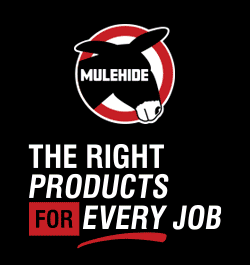
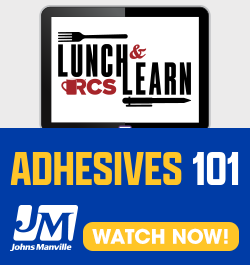


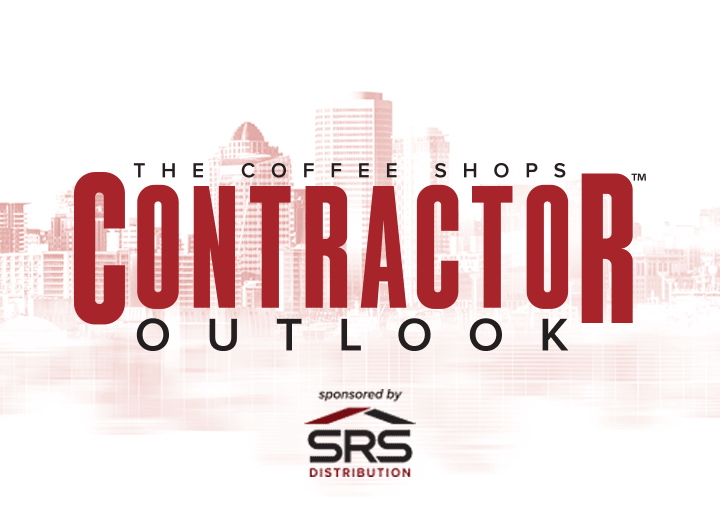
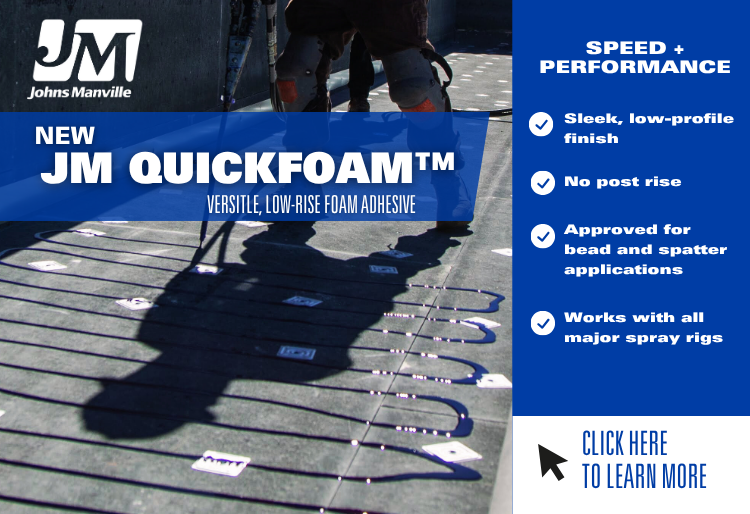
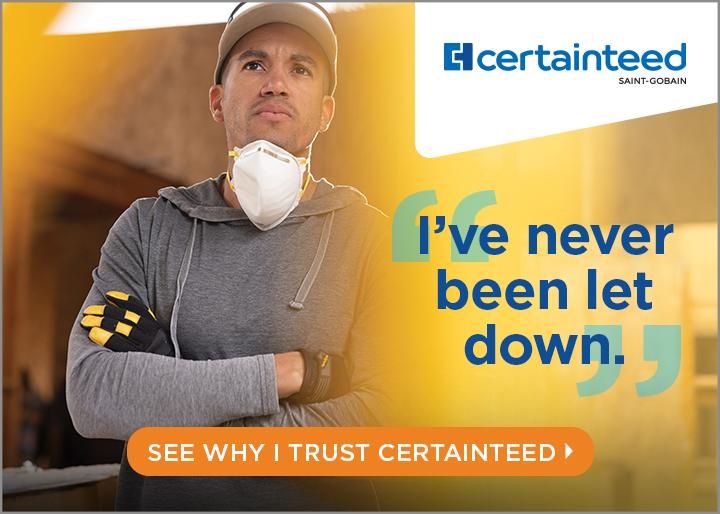


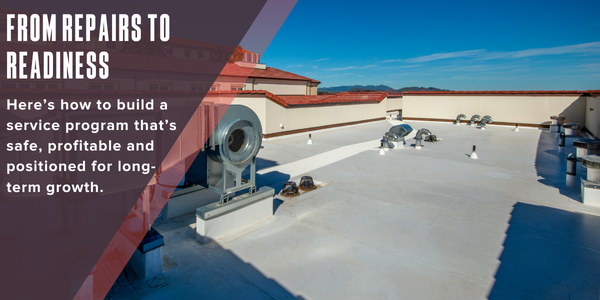
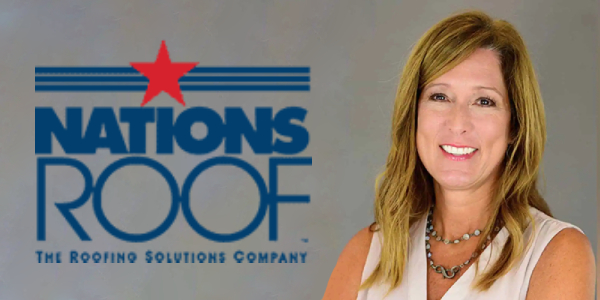



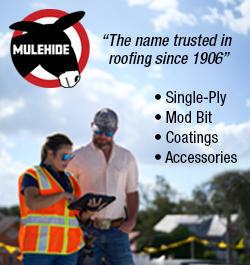




Comments
Leave a Reply
Have an account? Login to leave a comment!
Sign In